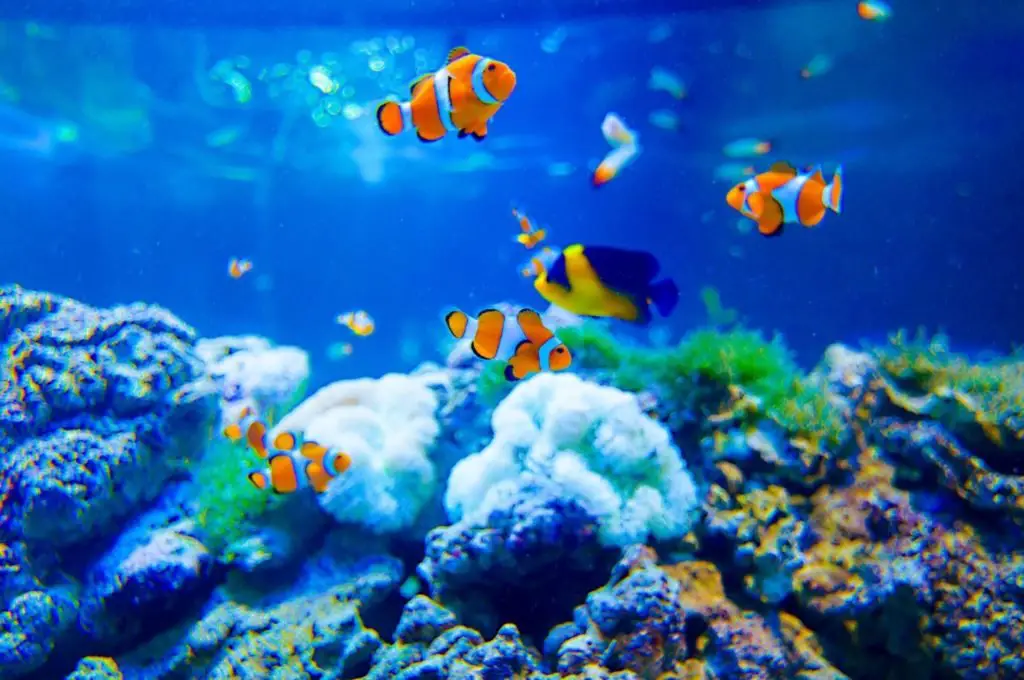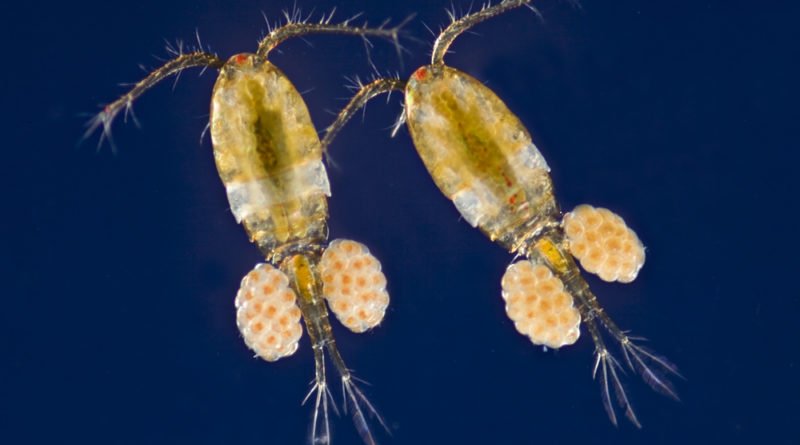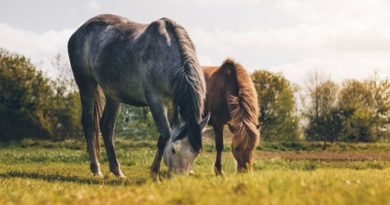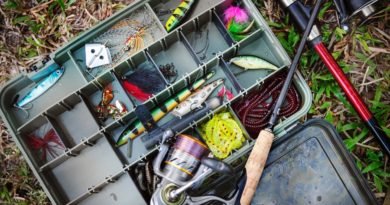Last modified on November 26th, 2020 at 2:19 am
5 Facts About Copepods and Their Habitat
If you’re thinking about introducing copepods into your aquarium or pond, learn about their habitat first with these quick facts.

Copepods are more than just a funny name. Are you familiar with copepods?
You may or may not be, but if you’re an aquarium enthusiast, a copepod will soon be on your radar.
These little creatures can bring a world of good to your aquarium environment, but if you don’t know enough about them, why should you introduce them to your aquarium?
Let’s look at five facts about copepods and their habitats, and find out how these creatures can influence your aquarium.
1. It’s all in the Name
The word copepod has Greek origins. The name roughly translates into “oar-footed” or “paddle-footed.”
Looking at a copepod, you can see why they were named as such; there’s a particular oar-shaped nature to these little creatures, some with appendages and some without.
2. Copepods Live in Water Everywhere
It’s harder to find a body of water where copepods aren’t living than it is to find a body of water without them.
Common copepods can be found in bodies of water all over the planet, surviving in some of nature’s toughest conditions without a care in the world. From billowing volcanic pools to frigid arctic waters, copepod can handle just about any environment.
3. They Eat Algae
Ranging in size from microscopic to merely small crustaceans visible with the naked eye, copepods munch on algae.
A copepod also eat bacteria and dead materials, keeping water clean and helping to control algae blooms, mosquito populations, and bacteria.
Without these crustaceans, water filtration can become unbalanced, leading to overpopulation of pests like mosquitoes, or killing off fish and other creatures that depend on clean water for survival.
4. Copepods Can Breed Independently
No mate, no problem. Both male and female copepods can mate to produce what’s called a “cyst.” These cysts are egg-like structures that protect the offspring until they’re ready to hatch.
However, female copepods can produce these cysts on their own. These cysts may hatch right away, or some may fall to the bottom of a water source and remain until they’re ready to hatch.
If a body of water dries up, the cysts will remain buried until rain or flooding introduces water back into the environment. These cysts can survive for seemingly endless amounts of time, hatching whenever water is reintroduced.
5. They Provide a Food Source
Just as algae is their primary food source, copepods also provide a food source themselves.
Birds, fish, and plenty of other animals depend on copepods as their primary food source, delivering the nutrition of algae to other animals up through the food chain.
Copepods are also a great creature to introduce to aquariums, as they keep algae and bacteria to a minimum while also providing a food source for fish.
Nature’s Vacuums Balance the Food Chain
If you think copepods are tiny little crustaceans without much value, think again.
These little creatures balance the growth of algae, keep water clean and filtered, and provide a food source that many aquatic animals are dependent on. These hardy crustaceans can reproduce and survive nearly indefinitely, making them a great addition to your home aquarium.




